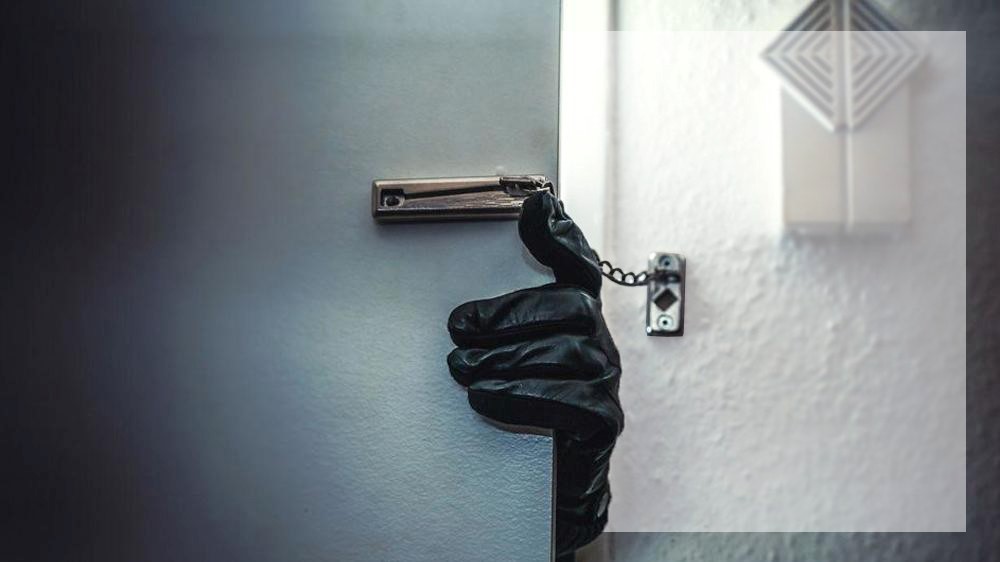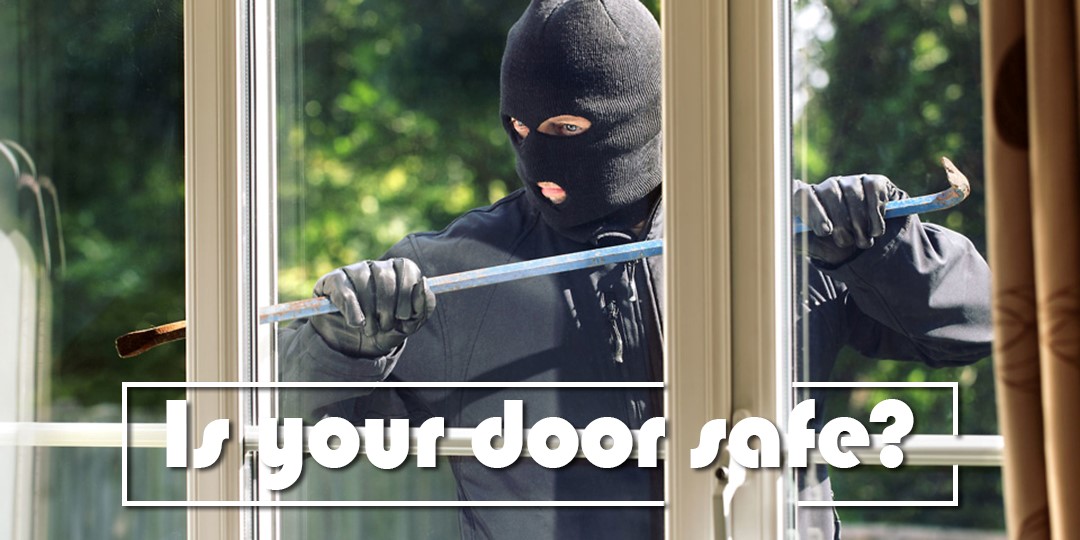Australia is known to have strict standards in security doors and screens that dials down to an accuracy in merely millimetres. While every manufacturer is talking about the standards, how much do you know about the regulations on security doors?
The Holy Grail – AS5039
Published in 2008, this Australian Standard is the bible of security doors and screens. All products marketed as security doors and screens in Australia are required to meet all requirements included in AS5039. In order not to let you pay AUD$200 for the standard and read through all 56 pages of mundane words, here’s the ultimate break down.
Section 6 – General Requirements
While section 1 to 5 of the Standard are dedicated to defining and classifying security doors and screens, section 6 marked the beginning for regulating the performance of the products. This particular section focused on the structure of security doors and screens for it to perform its said security benefits.
If you saw a security door manufacturer proofed their products with the AS5039, you should expect the product to be corrosion resistance as corrosion is likely to reduce the ability to protect your property overtime. The material that filled the door as well as the hinges and locks should be able to withstand a certain threshold of physical attacks from general techniques like crow bars and lock-picking.
Section 7 – Performance
While the former section listed out the structural requirements, the seventh section are most cared for within the entire standard. This section listed out the testing needed, and the resistance threshold required to pass the test.
Security products passed should be able to resist physical impacts, jemmy, pull, probe, shear and knife shear to a reasonable amount. The effort required to surpass the damage in the standard was considered to be a deterrent to burglars and time consuming for pedestrians or neighbours to realise a possible break-in.

How to test validly – AS5041
It would not be reasonable if tests are done in-house and manipulated by the manufacturer. Therefore, other than being trailed and tested in accredited laboratories, the performance test should abide the requirements in AS5041.
While all security doors and screens have to go through the same procedure before being validated to advertise as a security product, some manufacturers would go the extra mile to test the ultimate durability of their products.
Taking the Australian product as an example, while the passing marks are 3 knife shears, 5 impacts and 5 extreme impacts, Clearshield withstood 60 knife shears, 50 impacts and 15 extreme impacts at the required test strength. The resistance over the threshold further demonstrates the ability of the product. And it can be a benchmark to look for when comparing different products.
Installing properly – AS5040
Security doors and screens would not realise their performance unless being held in securely and installed rightly. The AS5040, thereby, listed out the requirements in order for the products to perform as it should.
Written in 2003 and reviewed in 2016, the requirements are strict to millimetre differences. Such in-depth restrictions have been harsh to manufacturers but saved million dollars of properties.

Additional requirements – AS3959 / BAL-40
While being a structure of a building, security doors are also required to meet Australian Standards in building. One of the most noticeable standards refer to the bushfire standard. Registered as AS3959, almost all doors installed in sub-urban Australian properties should meet the requirements.
BAL-40, or bushfire attack level 40, is the second highest bushfire resistant level among the six in Australia. If the security doors and screens are able to reach such high standards, your family and you would have more time to escape at the event of a fire.
